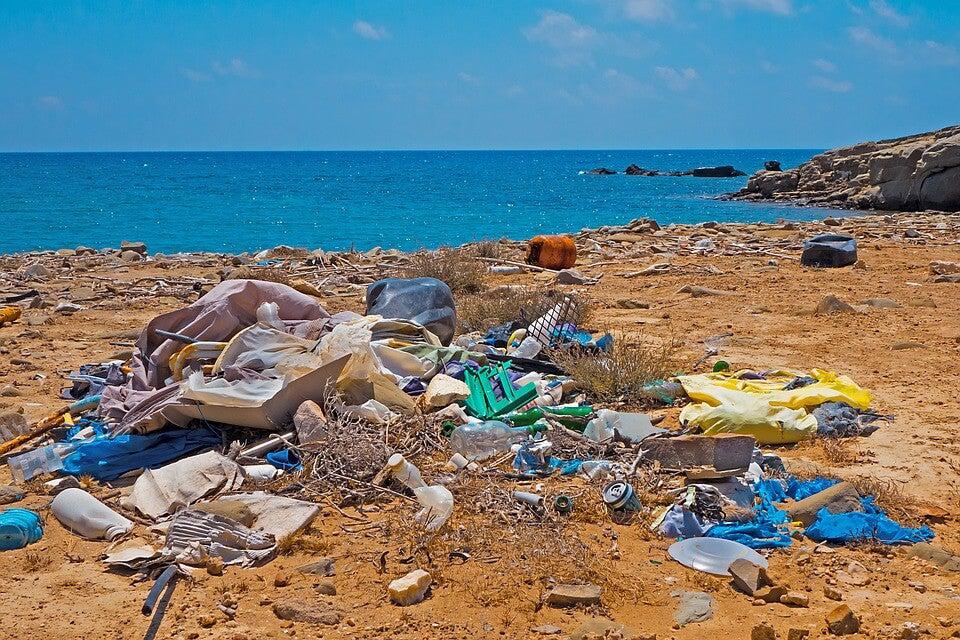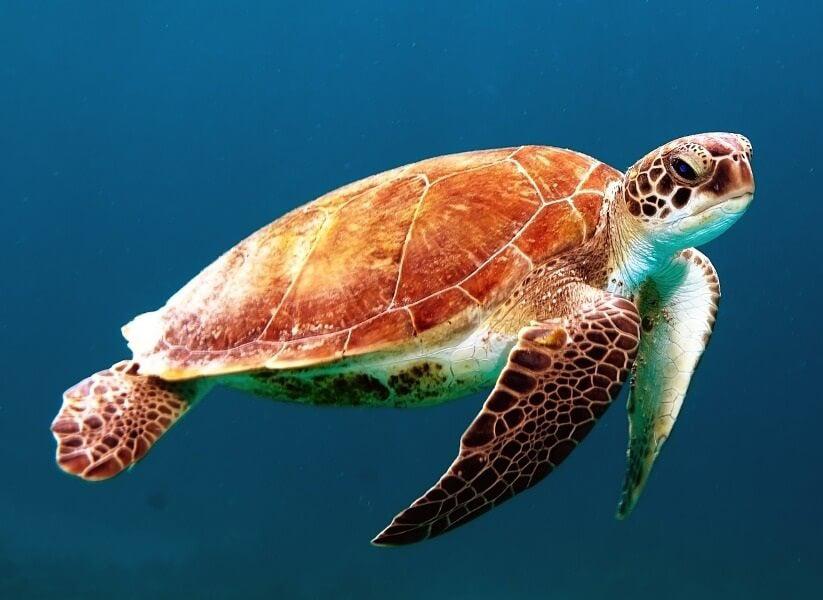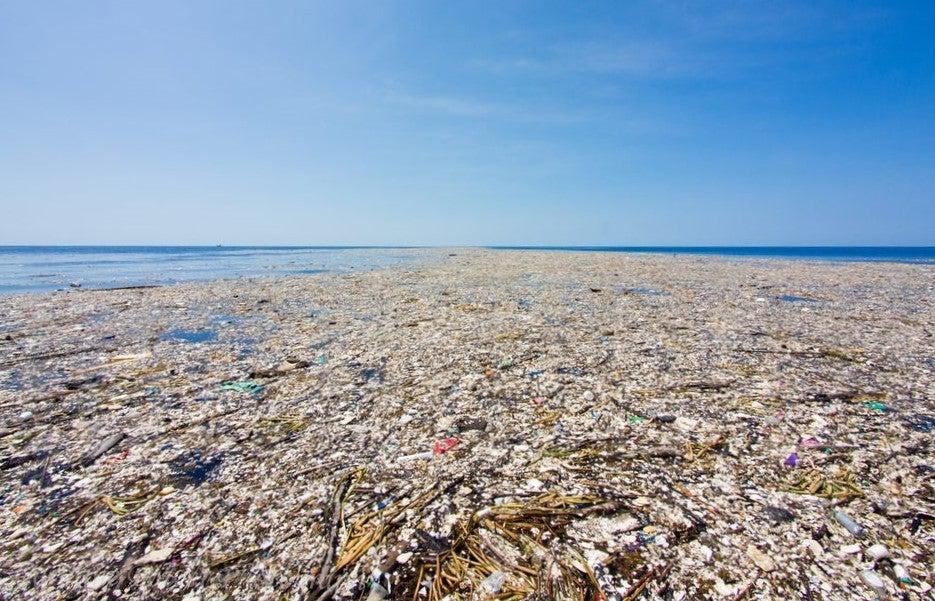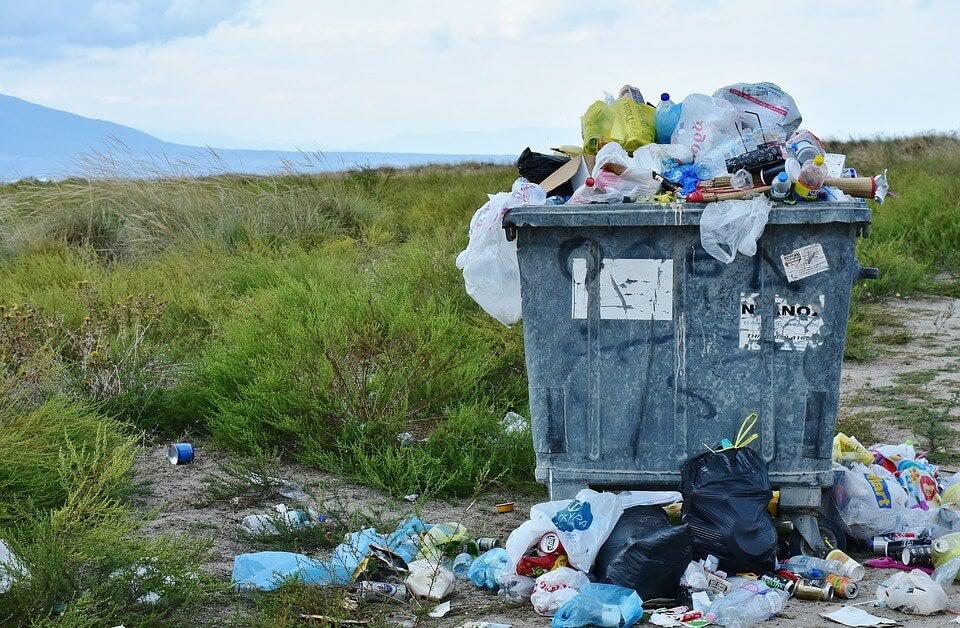Oceans Of Waste And The Sagres Beach Clean
The plastic waste problem
It is estimated that an incredible 8,000,000 tonnes of plastic waste enter the oceans every year from rivers and from the land.
Some of this plastic sinks slowly to the bottom of the ocean, causing problems both for the mammals and fish that live in the mid-water, and for those crustaceans, molluscs and other animals that live on the sea bed.
Animals are entangled in plastic bags, netting and packaging, and suffer often fatal internal problems due to ingestion whilst feeding.

The rest of the plastic - more than half, in fact - floats, and heads slowly, at the mercy of the oceanic currents, towards one of the 'great garbage patches' of the seas - giant rafts of plastic waste now found in every expanse of saltwater around the globe.
The Great Pacific Garbage Patch, the mother of all buoyant bin-dumps, now homes more than 1,800,000,000,000 pieces of plastic, weighing more than 80,000 tonnes and covering an estimated surface area of 1,600,000 square kilometers - an area three times the size of France.
As it travels, this drifting plastic presents health and safety risks to animals that feed at the ocean's surface, including turtles and seabirds, who can confuse the litter with food, again very often with fatal consequences.
(This is probably the reason why turtles look so grumpy all the time.)

(↑ Grumpy-looking turtle.)
Degradation, microplastics and marine life
But there's worse news.
Most plastic is fairly susceptible to UV radiation. Plastic floating in the ocean is relentlessly exposed to the sun's rays, and, over time, it slowly degrades, breaking up into smaller and smaller pieces and leaving a trail of toxic chemicals quite literally in its wake. When these chunks of plastic eventually reach the size of sesame seeds, scientists term them 'microplastic'.
There has been much talk in the media in the last few years about microplastic, but its existence in the ocean is not a new phenomenon. Humans have been manufacturing plastic products of the order of microplastic - called microbeads - for nearly half a century and large amounts of waste plastic have been degrading in the seas since the invention of the material over a hundred years ago (in 1907, by Leo Baekelan of Bakelite fame, for those history geeks amongst us).
But it is only in recent years that science has come to understand how damaging the microplastic in the ocean is for wildlife. And the problems are compound.

Firstly, as microplastic particles are so small, together they have a huge surface area, which allows them to absorb large quantities of the existing toxic chemicals and pollutants found in the water very quickly.
This aggravates the second problem, which is their wholesale introduction into the marine food chain. So far, some 700 hundred different aquatic species have been found to ingest microplastic whilst feeding, from the smallest shoal fish like anchovies up the chain to the giants of the seas, like the humpback whale. A recent study of stranded UK marine mammals found microplastic in the digestive tracts of literally every animal surveyed, including porpoises, dolphins, grey seals and a pygmy sperm whale.
Combined, these two factors mean that large quantities of toxic particles are becoming ubiqitous in the systems of very large numbers of oceanic species to devastating effect.
Would you like a side salad with your microplastic, sir?
But this isn't just a problem for aquatic life: anchovies, prawns, oysters, mussels and particularly other seafood that is eaten by humans whole is now commonly riddled with microplastic. Researchers are commonly finding large quantities of microplastic in samples of catches of scores of species - both wild caught and farmed - all destined for the dinner table.
Although the health impacts of the ingestion of microplastic by humans are yet to be fully understood, scientists have particular concerns about the potential effects of 'nanoplastic' on the human body. Unlike microplastic, invisible nanoplastic - a scale down in the ever-continuing process of plastic degradation - is of such a scale that it is able to penetrate cells and move into tissues and organs, effectively lodging toxic particles in the body on a permanent basis.
Cleaning up (our act)
Hundreds of species of animal are affected by the myriad issues arising from the invasion of the planet's oceans by millions of tons of plastic waste. But only one species created the problem.

It is our responsibility alone - and a grand one that we have created for ourselves - to deal with the issue; and hugely expensive global efforts, requiring determined collaboration between international partners will need to be made in research, new technologies and logistical clean up operations.
But we can all help as individuals, and play a part in ensuring that as little new plastic arrives in the ocean as possible.
Awareness in terms of single use plastics, reuse, recycling and plastic alternatives is rising, and often the public blaze a trail before business and legislators (often with their own different priorities) act. And even small personal contributions can make a massive difference when they are taken up by groups and more widely in society.
There's a great list of quick and easy ways that you can help address the problem and reduce the amount of plastic waste you create here, courtesy of the Green Education Foundation. But we're sure you'll have your own ideas too.
At ColieCo, we like to practice what we preach, and we were excited to join Sagres Beach Clean this weekend to help with other local volunteers in clearing one of our local beaches and the surrounding scrubland and clifftop areas of plastic and other waste.

As well as keeping a little more refuse out of the water, these kind of events are a great opportunity to meet other people concerned about environmental issues and share ideas. Thanks to everyone who came along and contributed their time.
Share your thoughts and contributions with us via social media here!
Nicole x
